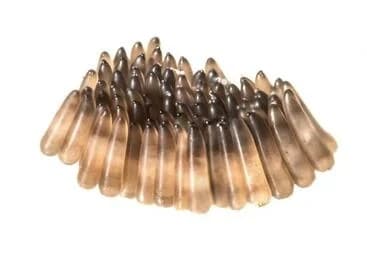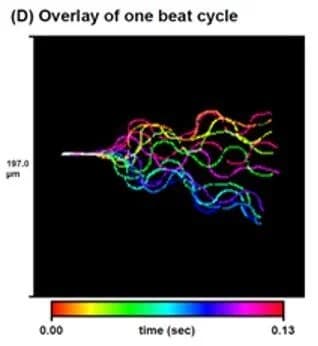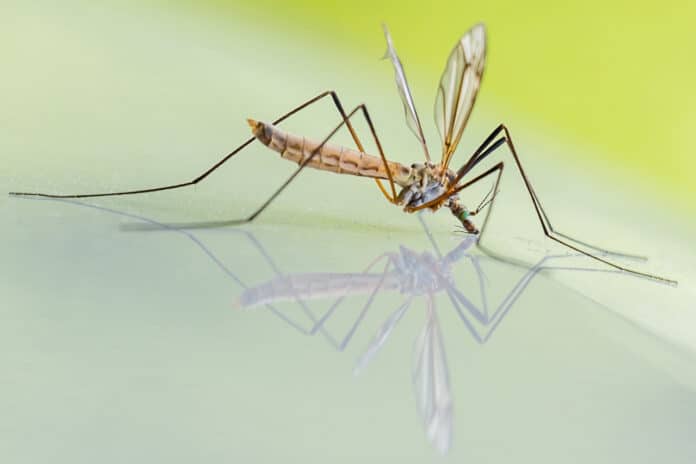Sperm are usually quiescent until signals to activate motility are received. Thus, while many sperm proteins are components of the eukaryotic 9+2 axoneme that powers the sperm flagellum and constitute a known set of proteins, the proteins regulate flagellar motility in this non-regenerative system may differ from other cells that use cilia or flagella for motility.
Some insect sperm, reportedly those with accessory microtubules surrounding the axoneme (the 9+9+2 axoneme), exhibit unusual waveforms when motile. A new study by UC Riverside details a full portrait of all the proteins in the insect’s sperm. It allows scientists to find the specific proteins that maintain the quality of the sperm while they’re inactive and that also activate them to swim.
Cathy Thaler, UCR cell biologist and the study’s first author, said, “During mating, mosquitoes couple tail to tail, and the males transfer sperm into the female reproductive tract. It can be stored there awhile, but it still has to get from point A to point B to complete fertilization.”

“Key to completing that journey is the specialized proteins secreted during ejaculation that activate the sperm flagella, or ‘tails,’ that power their movement.”
Richard Cardullo, UCR biology professor and corresponding author of the new study, said, “Without these proteins, the sperm cannot penetrate the eggs. They’ll remain immotile and will eventually degrade.”
Scientists isolated as many as 200 male mosquitoes from a larger population for this study. They then extracted enough sperm from the tiny reproductive tracts for mass spectrometry equipment to detect and identify the proteins.
Previously scientists have determined that sperm uses calcium to enter a reproductive tract to power forward motion. In this study, scientists created the completed protein profile, identified calcium channel proteins, and designed experiments to target these channels.
This form of protein profiling offers an approach towards controlling mosquitoes that is more environmentally friendly than other technologies that can have unforeseen, damaging impacts.

Thaler said, “We’ve given up on spraying pesticides all over because that kills everything, good insects and bad, and harms other animals.”
Cardullo said, “Our work sets the foundation for a form of biological control, which most would agree is preferable.”
“The operative word is control, rather than eradicate. Even though immobilizing the sperm would be 100% effective for the treated mosquitoes, it is not possible or desirable to kill all mosquitoes. This technology would change the proportion of fertile to infertile males in a given mosquito population, rather than wiping them all out.”
The team hopes that information about sperm motility regulators in Culex will also apply to other species of mosquitoes. As climate change intensifies, a lot of other mosquitoes, such as those that carry malaria, are moving into the Northern Hemisphere.
The study could help control populations of Culex, the common house mosquito that transmits brain-swelling encephalitis and West Nile Virus.
Journal Reference:
- Catherine D. Thaler, Kaira Carstens et al. Using the Culex pipiens sperm proteome to identify elements essential for mosquito reproduction. PloS One. DOI: 10.1371/journal.pone.0280013
